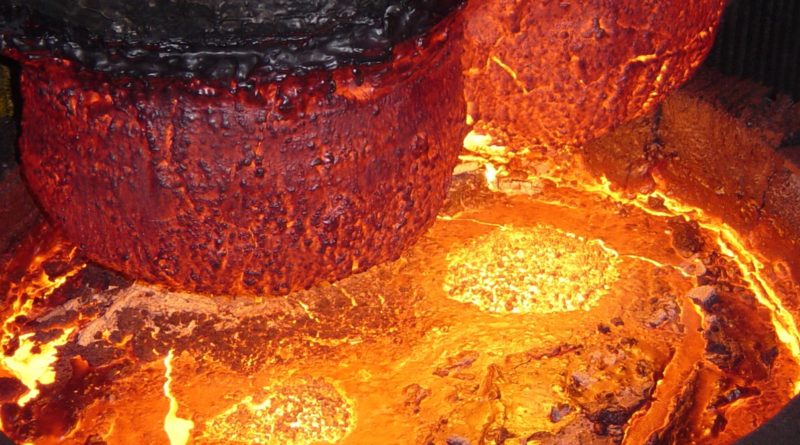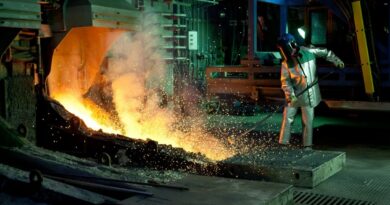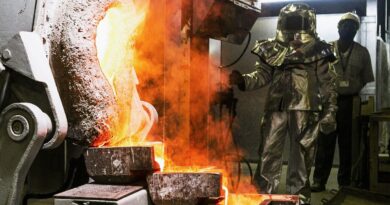Refractory failure: Understanding common causes and preventive measures
Refractories are the backbone of high temperature industries, necessary to ensure equipment efficiency and safe operation. They are responsible for withstanding extreme temperatures, corrosion, abrasion, and thermal shock. However, even the most advanced refractory materials can only succeed if adequately installed or maintained, leading to costly downtime, safety hazards, and production losses.
We will explore some of the common causes of refractory failure and the preventive measures that can be taken to avoid them.
Thermal Shock:
Refractories are designed to withstand elevated temperatures but can crack or fragment when exposed to quick temperature changes, mainly when the equipment has hot or cold spots. This can be caused by improper firing, cooling, heating rates, and thermal cycling during start up or shut down.
It is essential to follow the manufacturer’s guidelines for curing, drying, and preheating the refractory and use appropriate insulation and heating systems to maintain a consistent temperature profile and prevent thermal shock.
Chemical Attack:
Refractories can also fail due to chemical reactions with the process materials, gases, or slags, which can cause the refractory matrix’s erosion, dissolution, or crystallization. This can be caused by improperly selecting the material type or composition and exposure to aggressive environments or high velocity flows.
To prevent a chemical attack, choosing a refractory compatible with the process conditions is essential as ensuring that the refractory is adequately protected by coatings, linings, or barriers when necessary.
Mechanical Damage:
Refractories can be damaged by physical forces such as impact, vibration, or abrasion, which can cause ruptures, fractures, or dislodgement of the refractory bricks or castables . This can be induced by inadequate equipment design, operation, or maintenance, as well as by errors or accidents.
It is important to follow the manufacturer’s advice for installation, anchoring, and jointing of the refractory and to use appropriate tools, equipment, and protective measures during maintenance or repair.
Oxidation:
Refractories can also fail due to oxidation, which can occur when the refractory is exposed to air or oxygen at high temperatures, causing a chemical reaction that weakens the refractory structure. This can be caused by improper sealing or protection of the refractory and by using low quality refractory materials.
Using refractories resistant to oxidation ensures that the refractory is appropriately sealed, coated, or protected when necessary.
Refractory failure is a complex issue that can impact industrial operations. However, by understanding the common causes of potential failures and implementing preventive measures, operators can minimize the risks and maximize the performance and lifespan of their refractory systems. By working closely with refractory suppliers, manufacturers, and experts, operators can stay up to date with the latest advances in technology and best practices and ensure their equipment remains safe, efficient, and competitive.




